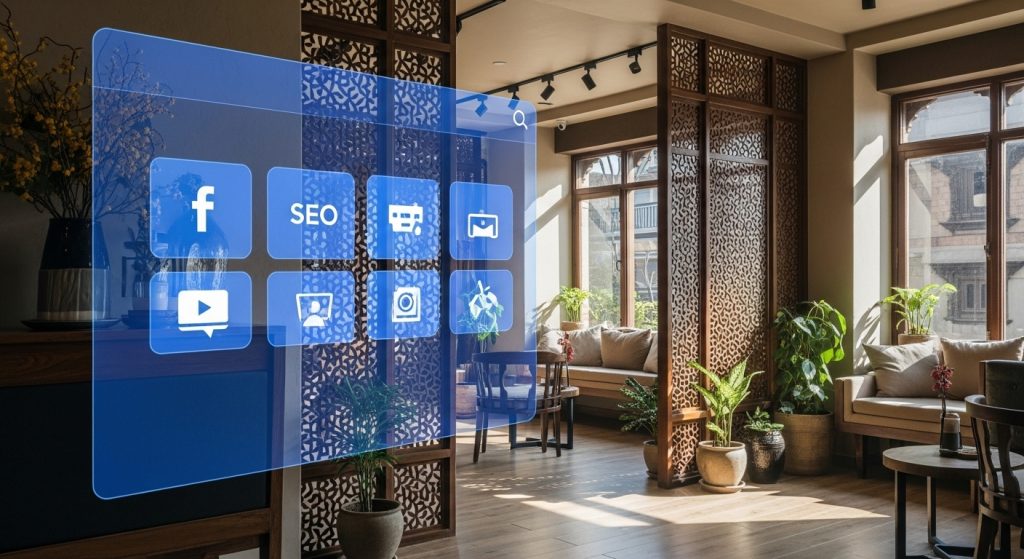In an increasingly noisy digital landscape, generic marketing messages are easily ignored. Consumers are bombarded with content, and their attention spans are shorter than ever. To cut through the clutter and truly connect with your audience, personalization is no longer a luxury—it’s a necessity. But what does true personalization mean in 2025, and how can marketers move beyond simply adding a first name to an email to deliver genuinely tailored experiences?
This article will explore the transformative power of personalization in digital marketing, delving into how data, technology, and a deep understanding of your customer can drive engagement, loyalty, and ultimately, significant ROI. We’ll move past the buzzwords and provide actionable strategies for implementing personalization across your marketing channels.
What is True Personalization?
True personalization is about delivering the right message to the right person at the right time through the right channel. It leverages data to understand individual customer preferences, behaviors, and needs, then uses that understanding to create highly relevant and unique experiences. It’s about making each customer feel seen, understood, and valued.
Key Pillars of Advanced Personalization:
- Behavioral Personalization: Tailoring content and offers based on a user’s past interactions with your website, emails, or ads (e.g., products viewed, content downloaded, pages visited).
- Contextual Personalization: Adapting the experience based on real-time factors like location, device, time of day, or even weather.
- Predictive Personalization: Using AI and machine learning to anticipate future customer needs and behaviors, allowing for proactive engagement (e.g., recommending products they’re likely to buy next).
Implementing Personalization Across Channels
Personalization isn’t confined to a single channel; its power is amplified when integrated across your entire marketing ecosystem.
1. Website Personalization
Your website is often the first point of contact. Dynamic content can change based on whether a visitor is new or returning, their industry, their location, or even the ad they clicked to arrive. This could mean showing different hero images, calls-to-action, or case studies relevant to their specific needs.
2. Email Marketing Personalization
Beyond the first name, segment your email lists based on purchase history, engagement levels, or expressed interests. Use dynamic content blocks to recommend products, share relevant blog posts, or send triggered emails based on specific actions (e.g., abandoned cart reminders with personalized product images).
3. Advertising Personalization (Dynamic Ads)
Retargeting campaigns can be highly personalized, showing users ads for the exact products they viewed on your site. Dynamic creative optimization (DCO) takes this further, automatically generating ad variations with personalized headlines, images, and CTAs based on user data.
Challenges and Best Practices
While the benefits are clear, implementing advanced personalization requires careful planning and execution.
Challenges:
- Data Silos: Data scattered across different systems (CRM, email platform, analytics) makes a unified customer view difficult.
- Privacy Concerns: Be transparent about data collection and ensure compliance with regulations like GDPR and CCPA.
- Scalability: Manually personalizing for every customer is impossible. Automation and AI are key.
Best Practices:
- Start Small: Don’t try to personalize everything at once. Begin with one channel or one specific customer segment.
- Focus on Value: Personalization should always provide value to the customer, not just serve your business goals.
- Test and Iterate: A/B test your personalized experiences to see what resonates most with your audience.
- Invest in the Right Technology: A Customer Data Platform (CDP) can help unify your customer data, and marketing automation platforms with AI capabilities are essential.
Conclusion: Building Relationships, Not Just Transactions
In a world of endless choices, consumers gravitate towards brands that understand and cater to their individual needs. Personalization is the key to moving beyond transactional relationships and building deep, lasting customer loyalty. By leveraging data, embracing automation, and always putting the customer’s experience first, marketers can unlock the true power of personalization, transforming their digital marketing efforts from generic broadcasts into meaningful, one-to-one conversations. The future of marketing is personal, and the time to invest is now.
📚 For more insights, check out our ultimate digital marketing resource.



